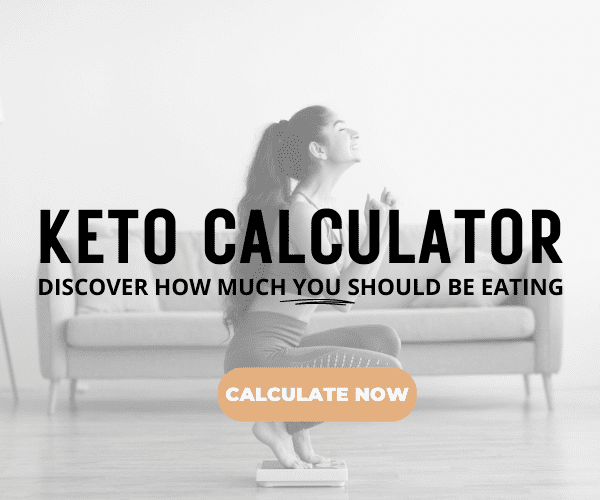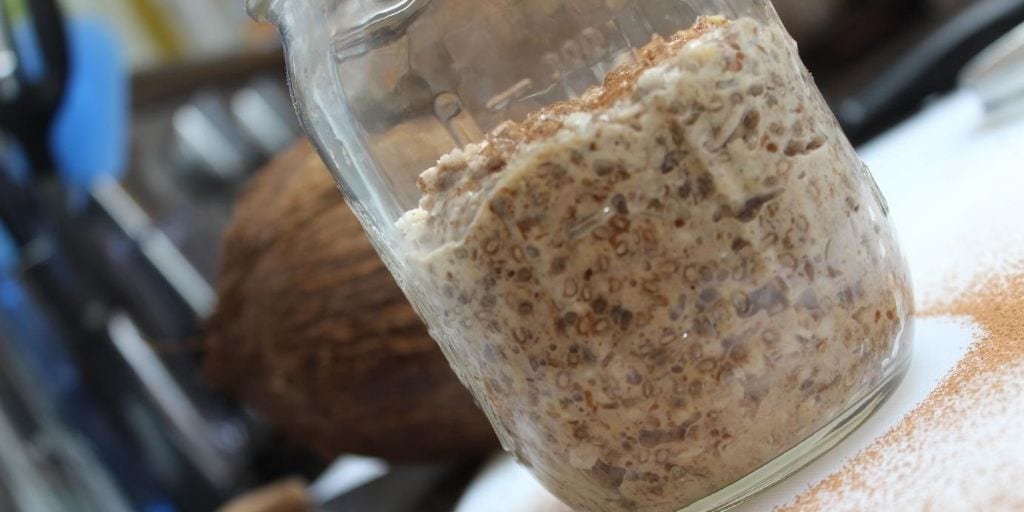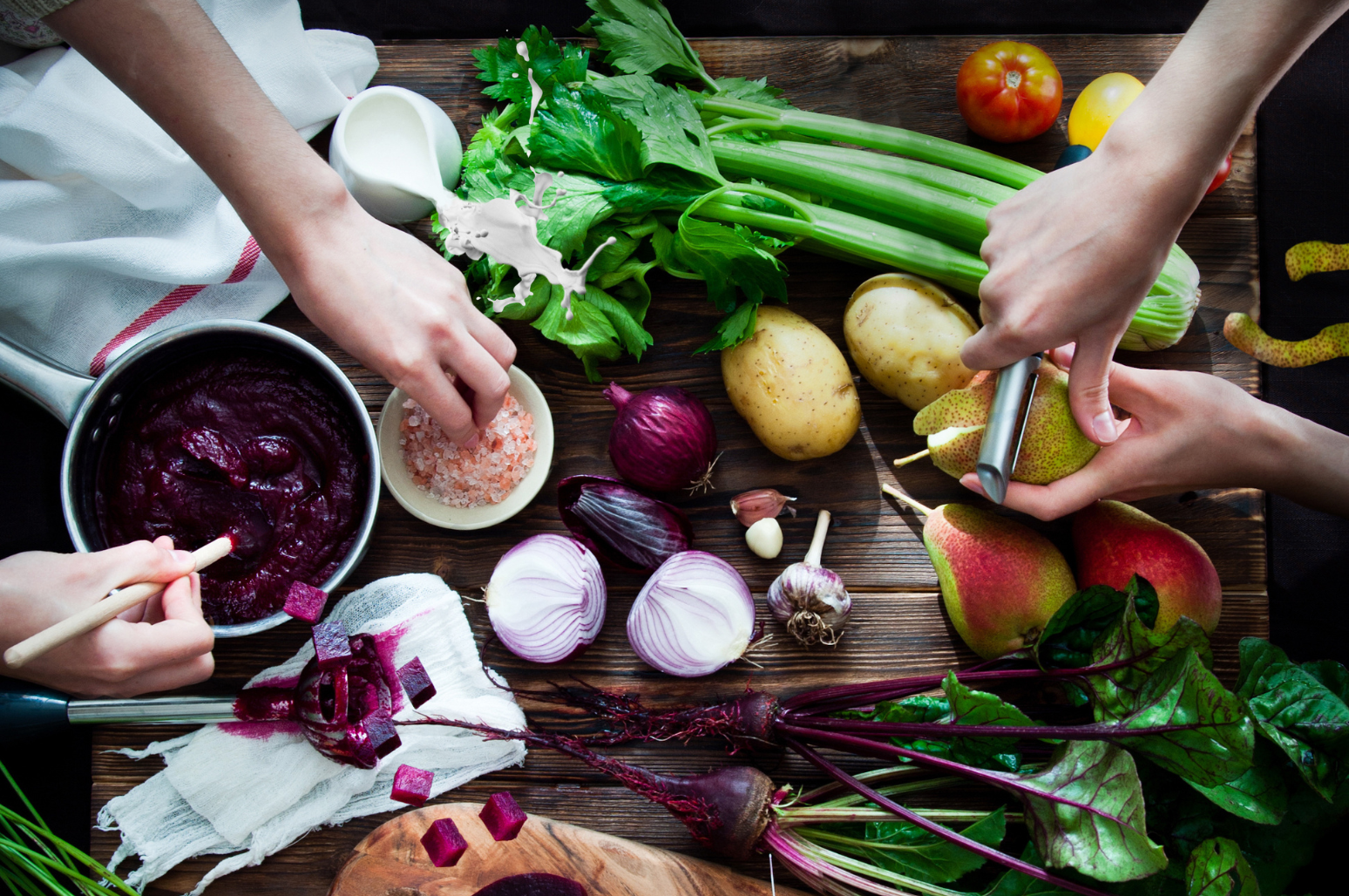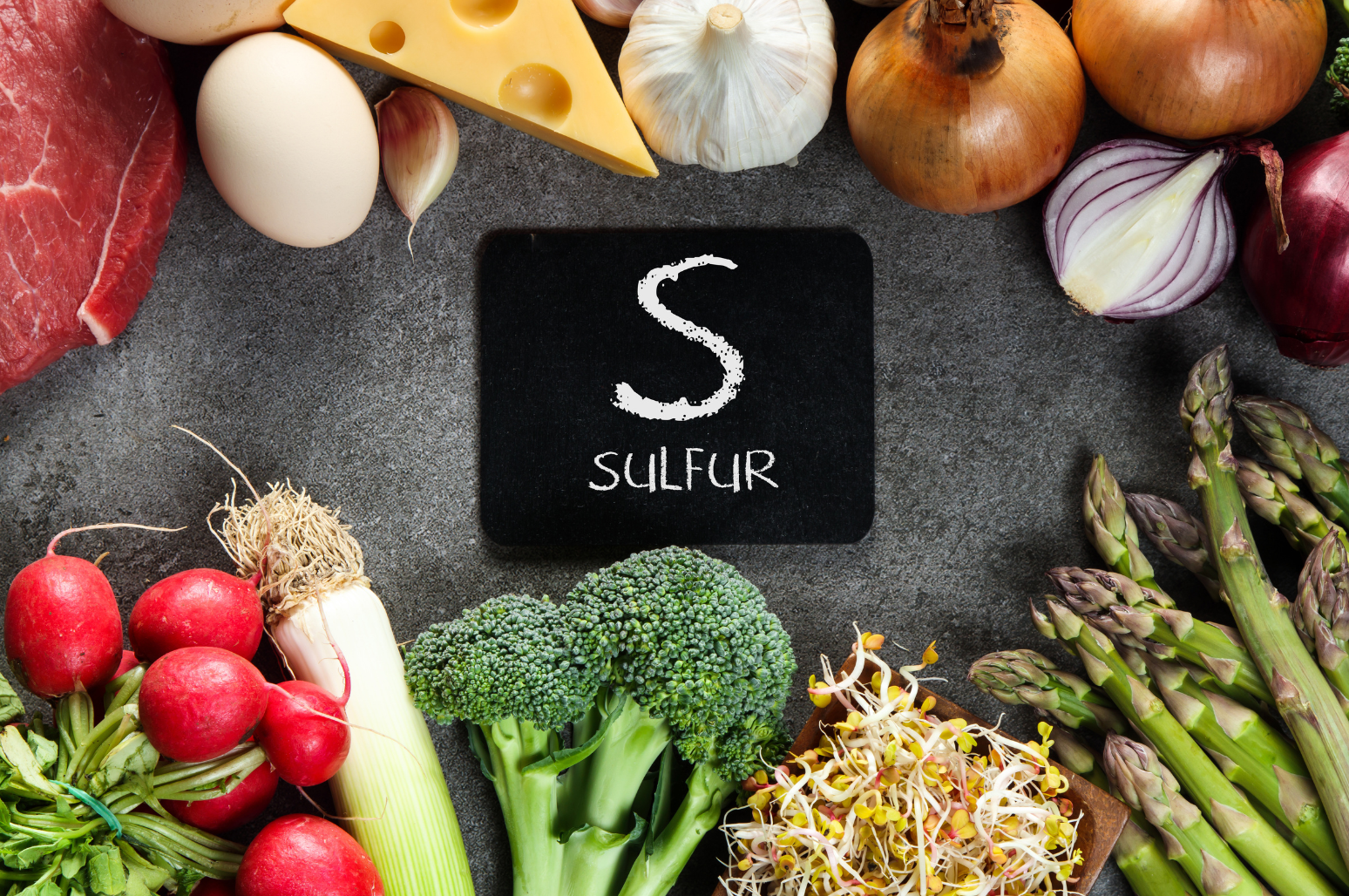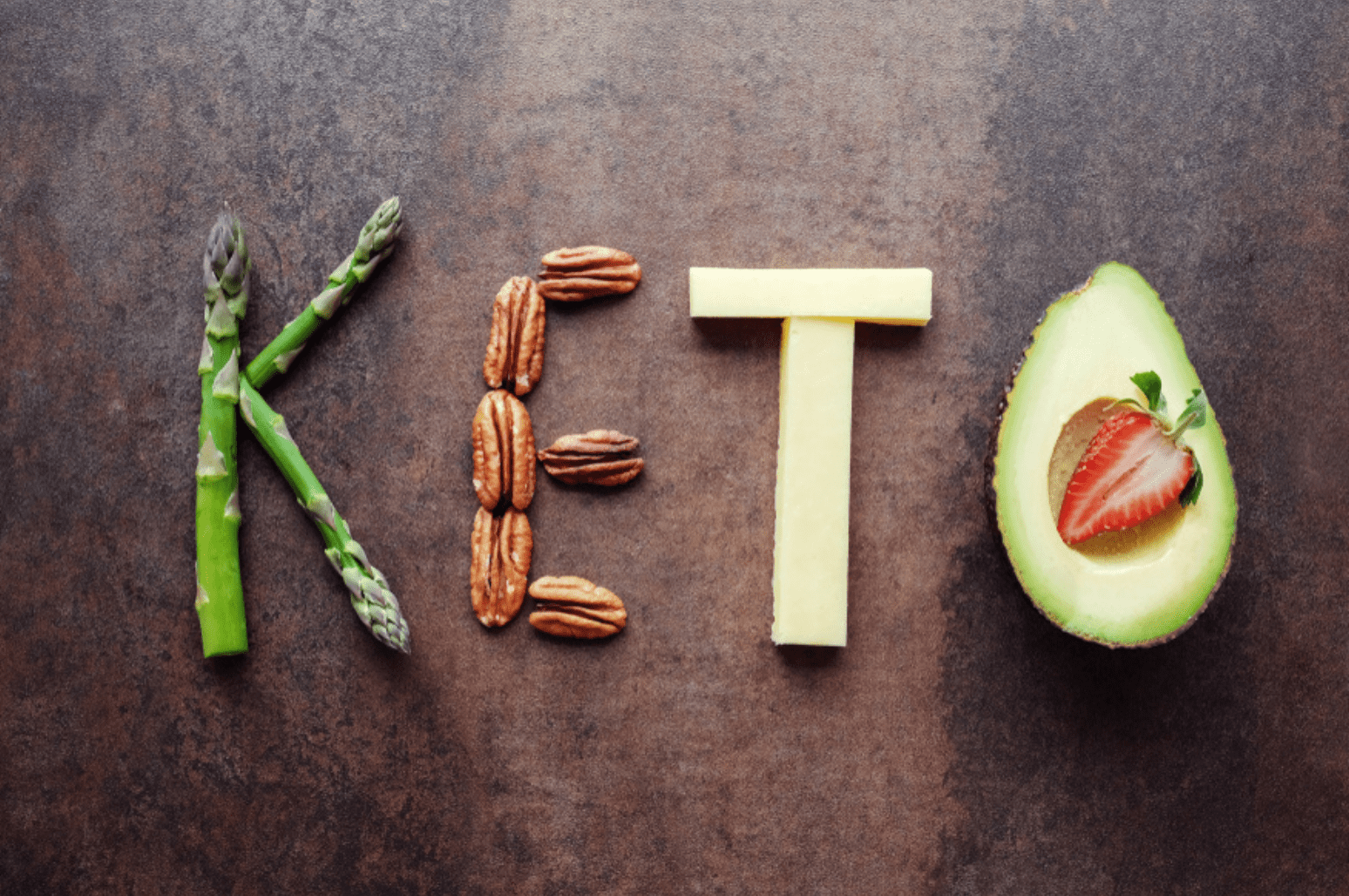
Chia seeds are rising in popularity, especially among keto dieters. You can consume these distinctive tiny black seeds in many different ways, and they also provide health benefits. Let’s discuss the nutrition profile of chia seeds, the benefits, and the best ways to include them on the keto diet.
What are Chia Seeds?
Chia seeds are from the chia plant (Salvia hispanica) native to Mexico and Guatemala. Chia is actually the ancient Mayan word for ‘strength’, and chia seeds were a staple food for the ancient Mayans and Aztecs [1].
Chia seeds provide lots of fiber, protein, omega-3 fatty acids, antioxidants, and several essential minerals. Chia seeds are small and ovular with a smooth texture. They range in color from black to brown or white [2].
One ounce (28 grams) of chia seeds contains around 138 calories. Chia seeds are around 6% water, 34% fat, 19% protein, and 46% carbohydrates (of which 83% is fiber) [3].
What are the Benefits of Chia Seeds?
Around 75% of the fats in chia seeds consist of the omega-3 alpha-linolenic acid (ALA), and about 20% is omega-6 fatty acids [4] [5] [6]. Better than flax seeds, chia seeds are the best-known plant-based source of omega-3 fatty acids.
Gram for gram, keep in mind the omega-3 fatty acids in chia seeds aren’t as potent as those found in fish oil or fish (EPA and DHA). Your body needs to convert the ALA found in chia into the active forms (DHA and EPA) before your body can properly utilize it. This process is often inefficient with most people [7] [8] [9].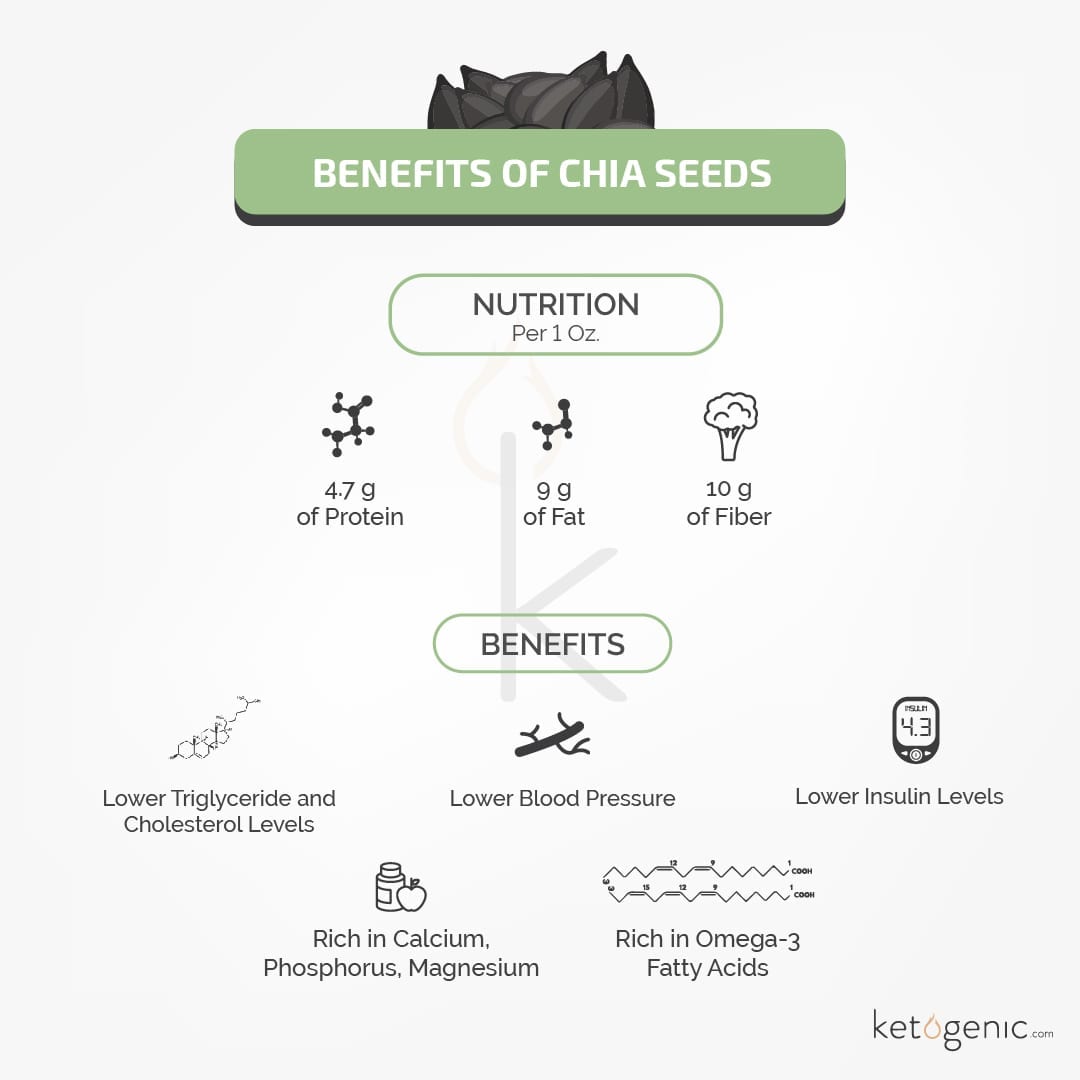
Chia seeds give you important minerals like manganese, phosphorus, copper, selenium, and iron. The absorption of some minerals like zinc and iron might be reduced due to the phytic acid content of chia seeds. Phytic acid binds with minerals and inhibits their uptake from foods [10] [11].
In addition to minerals and nutrients, you also get access to beneficial plant compounds like quercetin and chlorogenic acid. Quercetin is a powerful antioxidant that might decrease your risk of osteoporosis, certain forms of cancer, and heart disease [12] [13].
Some animal studies reveal that chia seeds improve blood sugar control and reduce insulin resistance, which could lessen the risk of metabolic syndrome, heart disease, and type 2 diabetes. Chia flour and chia seeds have been found to reduce blood pressure in those with elevated levels [14] [15] [16].
How Can You Incorporate Chia Seeds into Your Keto Diet?
Chia seeds make an excellent keto-friendly and gluten-free snack! Tasty and versatile, you can use chia seeds in a variety of ways, such as:
- Soak them and add them to porridge
- Make a keto chia pudding recipe
- Use them in baked goods, ice cream, or your favorite keto dessert
- Use them as a yogurt or salad topper
Chia seeds have the ability to absorb liquid and form a gel, so they’re often used as an egg replacement in recipes or to thicken sauces [17] [18]. Clean, dry chia seeds have an extended shelf life because their antioxidants protect the fats from damage [19].
Try these keto recipes featuring chia seeds:
- Keto Breakfast Wraps with Pico De Gallo
- Keto Noatmeal
- Keto Cereal
- Keto Bread
- Keto Stuffing
- Almond Milk Chia Seed Pudding
Do You Eat Chia Seeds on Keto?
How do you incorporate chia seeds on your keto diet?
References
Munoz, L. A., Cobos, A., Diaz, O., & Aguilera, J. M. (2013). Chia seed (Salvia hispanica): An ancient grain and a new functional food. Food Reviews International, https://doi.org/10.1080/87559129.2013.818014
Munoz, L. A., Cobos, A., Diaz, O., & Aguilera, J. M. (2012). Chia seeds: Microstructure, mucilage extraction and hydration. Journal of Food Engineering, 108(1), 216-224. https://doi.org/10.1016/j.jfoodeng.2011.06.037
United States Department of Agriculture. Chia Seed. https://fdc.nal.usda.gov/fdc-app.html#/food-details/1001645/nutrients
Taga, M. S., Miller, E. E., & Pratt, D. E. (1984). Chia seeds as a source of natural lipid antioxidants. Journal of the American Oil Chemists’ Society, 61, 928-931.
Martinez, M. L., Spotorno, V., Mateo, C. M., Maestri, D. M., Diehl, B. W. K., Nolasco, S. M., & Tomas, M. C. (2011). Characterization of chia seed oils obtained by pressing and solvent extraction. Journal of Food Composition and Analysis, 24(2), 166-174. https://doi.org/10.1016/j.jfca.2010.08.006
Ayerza, R., & Coates, W. (2009). Some quality components of four chia (Salvia hispanica L.) genotypes grown under tropical coastal desert ecosystem conditions. Asian Journal of Plant Sciences, 8(4), DOI: 10.3923/ajps.2009.301.307
Brenna, J. T., Salem Jr, N., Sinclair, A. J., Cunnane, S. C., International Society for the Study of Fatty Acids and Lipids, ISSFAL. (2009). Alpha-linolenic acid supplementation and conversion to n-3 long-chain polyunsaturated fatty acids in humans. Prostaglandins Leukot Essent Fatty Acids, 80(2-3), 85-91. DOI: 10.1016/j.plefa.2009.01.004
Burdge, G. C. (2006). Metabolism of alpha-linolenic acid in humans. Prostaglandins Leukot Essent Fatty Acids, 75(3), 161-168. DOI: 10.1016/j.plefa.2006.05.013
Burdge, G. C., & Calder, P. C. (2005). Conversion of alpha-linolenic acid to longer-chain polyunsaturated fatty acids in human adults. Reprod Nutr Dev, 45(5), 581-597. DOI: 10.1051/rnd:2005047
Rayman, M. P. (2012). Selenium and human health. Lancet, 379(9822), 1256-1268. DOI: 10.1016/S0140-6736(11)61452-9
Schlemmer, U., Frolich, W., Prieto, R. M., & Grases, F. (2009). Phytate in foods and significance for humans: Food sources, intake, processing, bioavailability, protective role, and analysis. Mol Nutr Food Res, 53, DOI: 10.1002/mnfr.200900099
Vargas, A. J., & Burd, R. (2010). Hormesis and synergy: Pathways and mechanisms of quercetin in cancer prevention and management. Nutr Rev, 68(7), 418-428. DOI: 10.1111/j.1753-4887.2010.00301.x
Boots, A. W., Haenen, G. R. M. M., & Bast, A. (2008). Health effects of quercetin: From antioxidant to nutraceutical. Eur J Pharmacol, 585(2-3), 325-337. DOI: 10.1016/j.ejphar.2008.03.008
Oliva, M. E., Ferreira, M. R., Chicco, A., & Lombardo, Y. B. (2013). Dietary salba (Salvia hispanica L.) seed rich in a-linolenic acid improves adipose tissue dysfunction and the altered skeletal muscle glucose and lipid metabolism in dyslipidemic insulin-resistant rats. Prostaglandins Leukot Essential Fatty Acids, 89(5), 279-289. DOI: 10.1016/j.plefa.2013.09.010
Poudyal, H., Panchal, S. K., Waanders, J., Ward, L., & Brown, L. (2012). Lipid redistribution by a-linolenic acid-rich chia seed inhibits stearoyl-CoA desaturase-1 and induces cardiac and hepatic protection in diet-induced obese rats. J Nutr Biochem, 23(2), 153-162. DOI: 10.1016/j.jnutbio.2010.11.011
Vuksan, V., Whitham, D., Sievenpiper, J. L., Jenkins, A. L., Rogovik, A. L., Bazinet, R. P., Vidgen, E., & Hanna, A. (2007). Supplementation of conventional therapy with the novel grain Salba (Salvia hispanica L.) improves major and emerging cardiovascular risk factors in type 2 diabetes: Results of a randomized controlled trial. Diabetes Care, 30(11), 2804-2810. DOI: 10.2337/dc07-1144
Coorey, R., Tjoe, A., & Jayasena, V. (2014). Gelling properties of chia seed and flour. J Food Sci, 79(5), E859-866. DOI: 10.1111/1750-3841.12444
Borneo, R., Aguirre, A., & Leon, A. E. (2010). Chia (Salvia hispanica L) gel can be used as egg or oil replacer in cake formulations. J Am Diet Assoc, 110(6), 946-949. DOI: 10.1016/j.jada.2010.03.011
Reyes-Caudillo, E., Tecante, A., & Valdivia-Lopez, M. A. (2008). Dietary fibre content and antioxidant activity of phenolic compounds present in Mexican chia (Salvia hispanica L.) seeds. Food Chemistry, 107(2), 656-663. https://doi.org/10.1016/j.foodchem.2007.08.062

